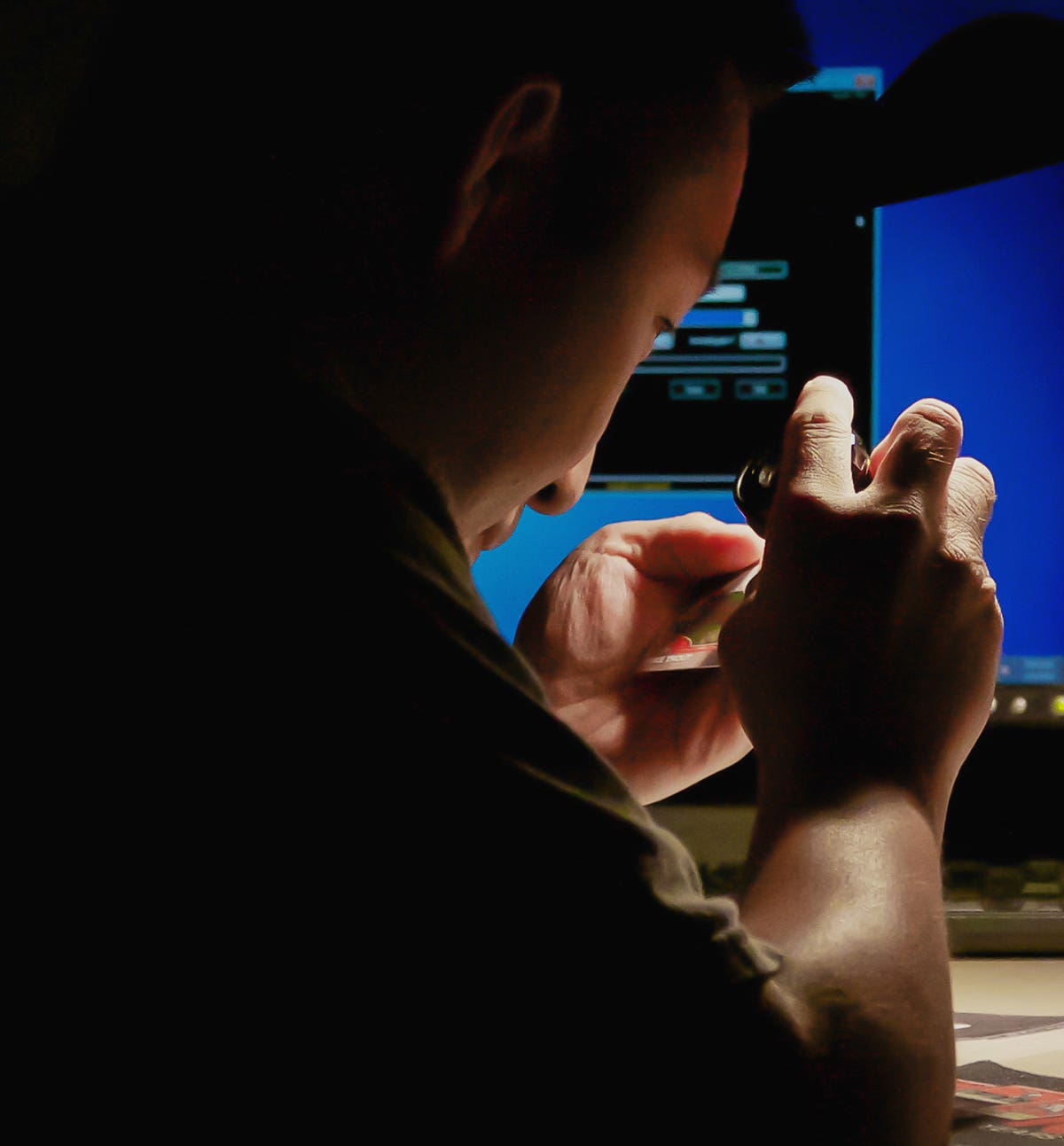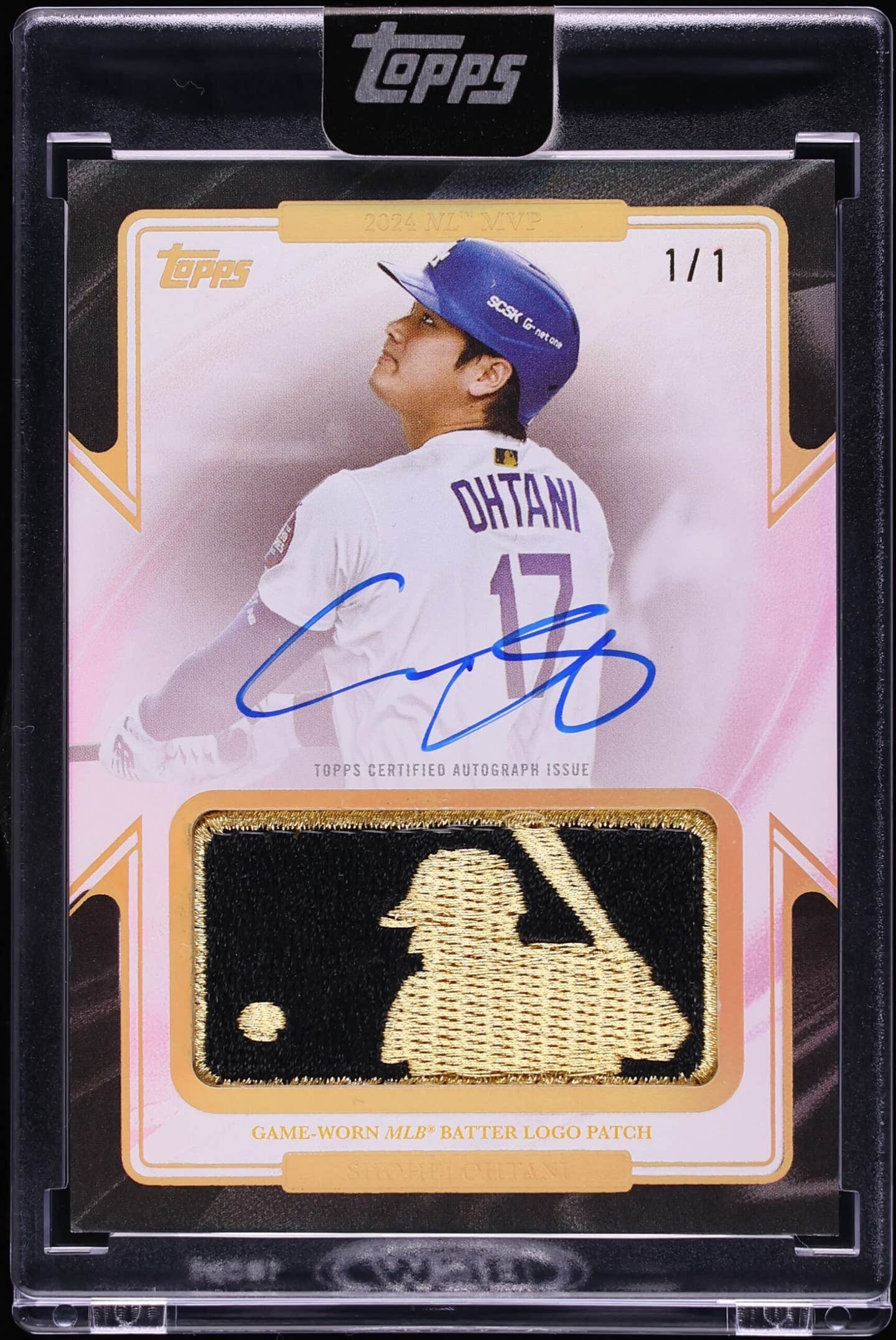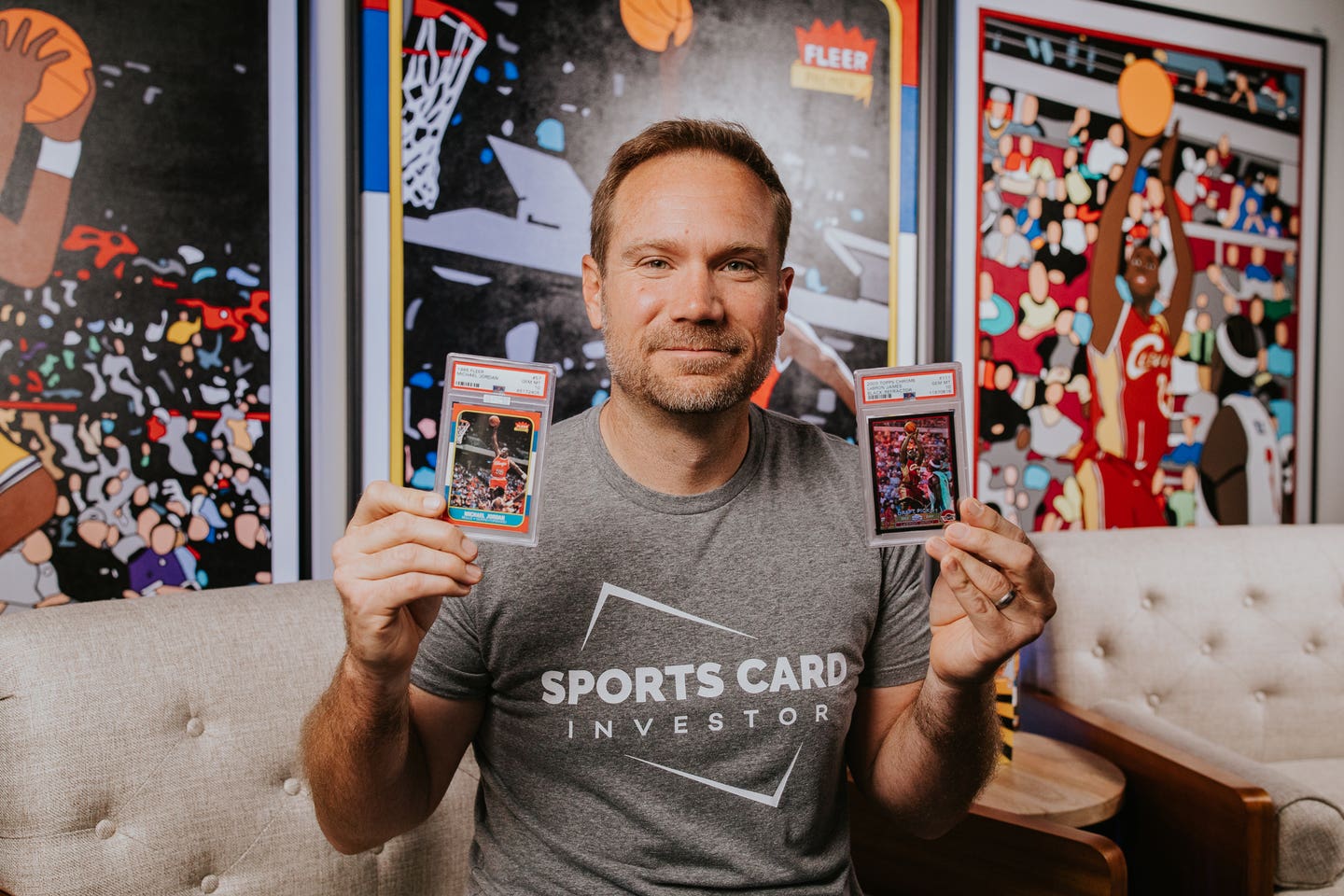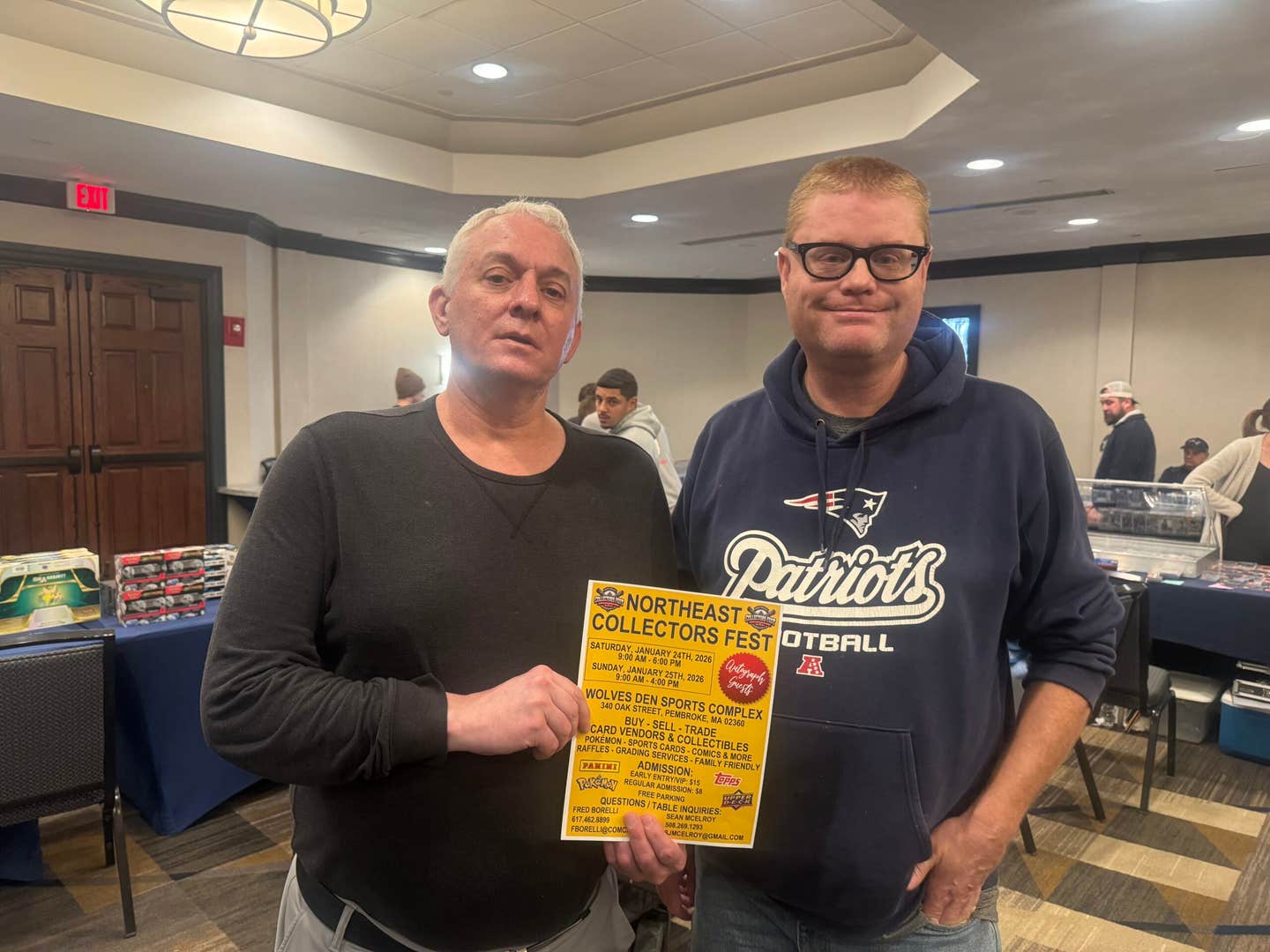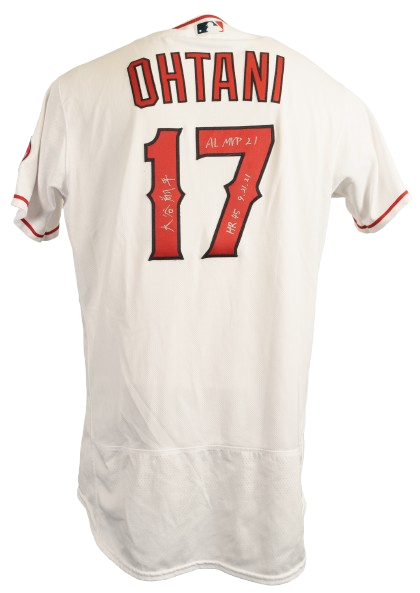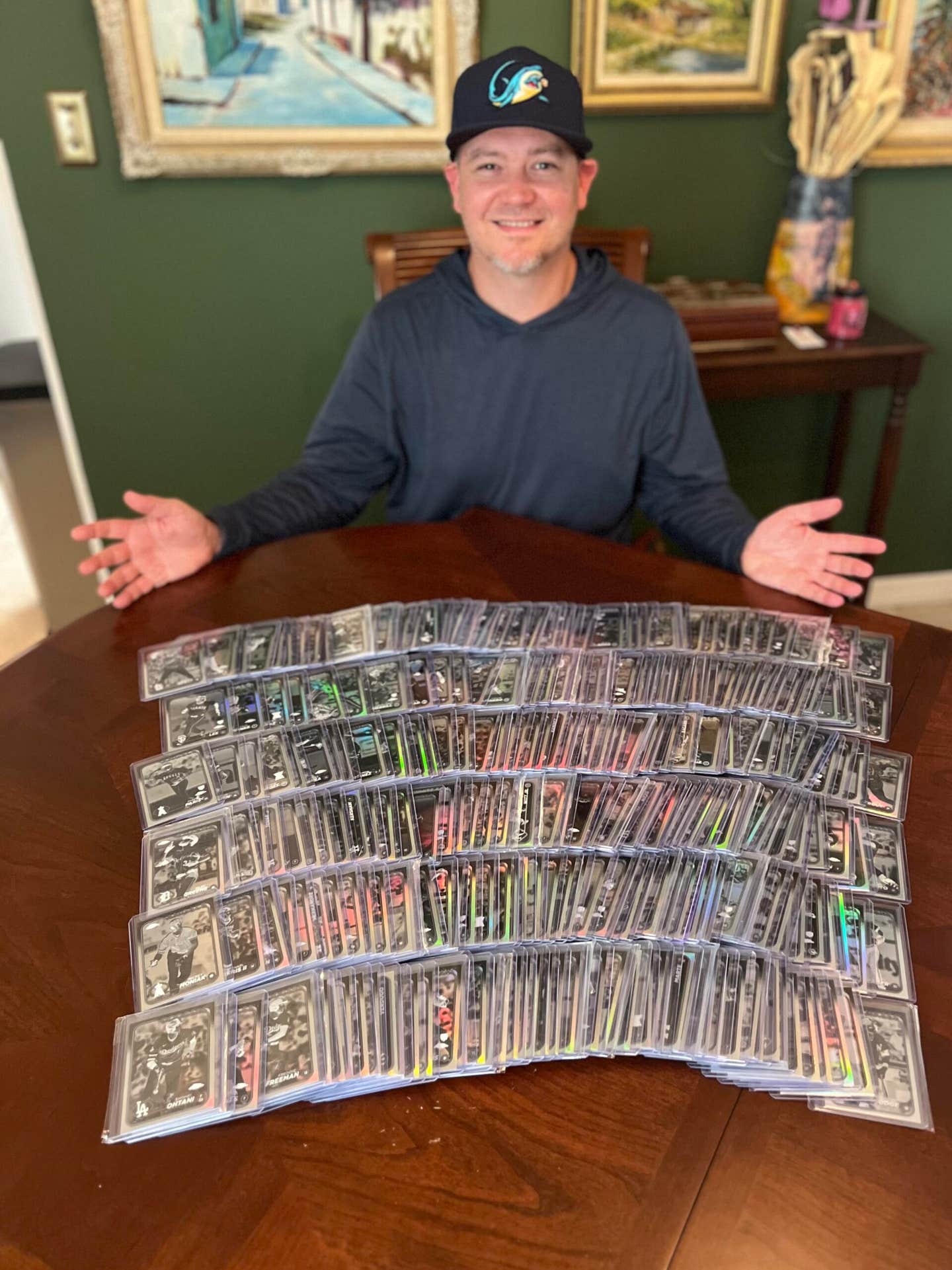Collecting 101
HOF’s ‘Planet Baseball’ exhibit an eye-opener
Chien-Ming Wang of Taiwan delivers a fastball to Japan's Ichiro Suzuki. The Dominican's Vladimir Guerrero slides into second base where he's tagged out by Miguel Cairo of Venezuela.
The early 21st century has brought an international flavor to the "Grand Old Game" in unparalleled proportions, highlighted by last year's inaugural World Baseball Classic.
Coming on the heels of that event, the Hall of Fame is paying tribute to the sport's worldwide growth with a new exhibit, "Planet Baseball," featuring collectibles and artifacts from around the globe.
One of the most eye-catching pieces is a white tea kettle brought home by U.S. soldiers serving in Afghanistan. What makes the item unique are red stitches painted on the exterior, giving the utensil the look of a baseball.
To relieve the stress and tension of serving overseas, soldiers spent their spare time playing baseball and teaching the game to Afghani youths.
"People in the village wanted to do something special for the soldiers," said Ted Spencer, the Hall of Fame museum's chief curator. "What they did was take something representative of their way of life, which is tea, but they also wanted to link it to something that they recognize as American, which is baseball. So they painted the baseball stitches on the teapot, and then in Arabic put the name of the Army units.
"Great stuff," he continued. "It shows how the game reaches out and connects people."
The exhibit opened last June 13 with a ribbon cutting by baseball Commissioner Bud Selig. The display is located on the museum's second floor, just outside the area dedicated to team lockers and uniforms.
"Once we realized it was going to happen we basically staked out the spot here and then we kind of watched day to day, to see what was happening that we might want to get," Spencer said. "You don't want to take too much because you only have so much space. You don't want to ask for something and not have it on display. You want to measure what you ask for, how much you ask for and in a lot of cases leave it up to the individual that you're requesting things from. "You don't say, 'Hey we'd like to have this bat or that ball,' " he continued. "You say, 'We'd like to have something from the event.' Generally it works very well."
The policy is one collectors of all ages should follow, when placing demands on athletes for autographs and memorabilia.
"Planet Baseball" is fascinating for any true fan of the game, especially those for whom collecting is a priority.
The following is a short list of the articles on exhibit.
? Hiroshima Carp jersey worn in 1987 by Sachio Kinugasa, Japanese baseball's "Iron man" when he surpassed Lou Gehrig's mark of 2,130 consecutive games played. He ended his career later that year with 2,215 games played, bettered only by Cal Ripken Jr.
? First baseman's mitt used in the 1962 Nippon Series, the World Series of Japanese baseball.
? Stamps featuring mascots of Japanese professional teams.
? First baseman's glove used by Sadaharu Oh, Japan's all-time home run king.
? A boomerang from teams participating in the 1938 Australian baseball championship.
Participants included the West Australian, South Australian, Pretoria and New South Wales clubs
? Bat swung by Ichiro Suzuki of the Orix Blue Wave in 2000 when he led the Japanese Pacific League in batting for the seventh straight year. The next season he made his major league debut with the Seattle Mariners.
"This display will probably be up for at least a couple of years," Spencer said. "Eventually we'll be doing a major international exhibit. It'll probably be on the third floor. There's a big space up there left over from our renovation. This is the first step.
"Up until five years ago we had a small international exhibit," he continued. "Now with so much awareness about the impact of players coming in from other countries, places like Korea that you might not have expected 10 or 15 years ago, it's time to really do something significant. That's what will happen. We'll save this for a while, then launch into something much larger, much more global."
As a Hall of Fame staff member, Spencer is surrounded by some of the most precious memorabilia in baseball history. Surprisingly, his own personal collection is somewhat limited. "The Hall of Fame puts out things every year like a press pin and they give a bat to the guests. I amass those things. I have a couple of autographed pictures that people have sent me," he said. "The only two player autographs I ever asked for in my life were Bobby Doerr and Mickey Vernon. That's when they were active. That was during the Korean War."
Spencer meets dozens of Hall of Famers each year as they pass through Cooperstown.
"The only autograph I've asked for since I've been here is from the executive producer of 'The Victory Garden' on PBS," he said, smiling. "The program has run for 40 years. When my wife and I first got married, we bought a house and she bought me this book and I used it as a bible. Russell Morash was the executive director and still is. They came here two years ago to do a special program with us. I said, 'I've never asked this before, you've got to autograph my book. It's all beaten up from being in the garden.'
"Of course, baseball is Spencer's main interest and his enthusiasm bubbles over when talking about "Planet Baseball" and other Hall of Fame initiatives. "Planet Baseball's" five display cases feature 45 artifacts from 22 nations.
The oldest item is a wood engraving of the Toronto Maple Leafs Club from 1874. That year, the team won the semi-pro World Series by defeating a Ku Klux Klan team in Oneida, N.Y. Other unique items came from 1950s Cuba, including a liquor flask shaped like a player for the Almandares team.
Two of the five display cases are dedicated to the World Baseball Classic. The event was first announced in July 2005, giving the Hall of Fame's curatorial and exhibits team plenty of time to prepare themselves for the process of collecting artifacts.
"Our biggest message was that the WBC is the culmination of this massive movement of baseball being played everywhere," said Kristen Jones, "Planet Baseball's" lead curator. "Baseball has been in other places than the United States for a very long time.
"We're the National Baseball Hall of Fame," she continued. "But because the game is growing in such a huge proportion of the global community, it's not something that you can ignore. This was a good opportunity to tell that story."
The exhibit was designed by Mary Quinn, the museum's director of exhibits and design. Plans call for continuing the World Baseball Classic every four years, beginning in 2009.
"Planet Baseball" contains numerous articles from the Japanese team that won last year's tournament by defeating Cuba for the championship. One of the more interesting artifacts is a bilingual sign made by a San Diego resident who rooted for Japan in the finals.
If the World Baseball Classic catches hold and becomes an integral part of the game, having artifacts from the inaugural event will be quite important for the Hall, Spencer said.
"If it's not a success, 50 years from now it'll still be looked back upon as a novel or unique approach or a big step in a different direction that the game tried to take," he said. "No matter what happens ... the fact that an international competition of this magnitude took place is incredibly significant."



